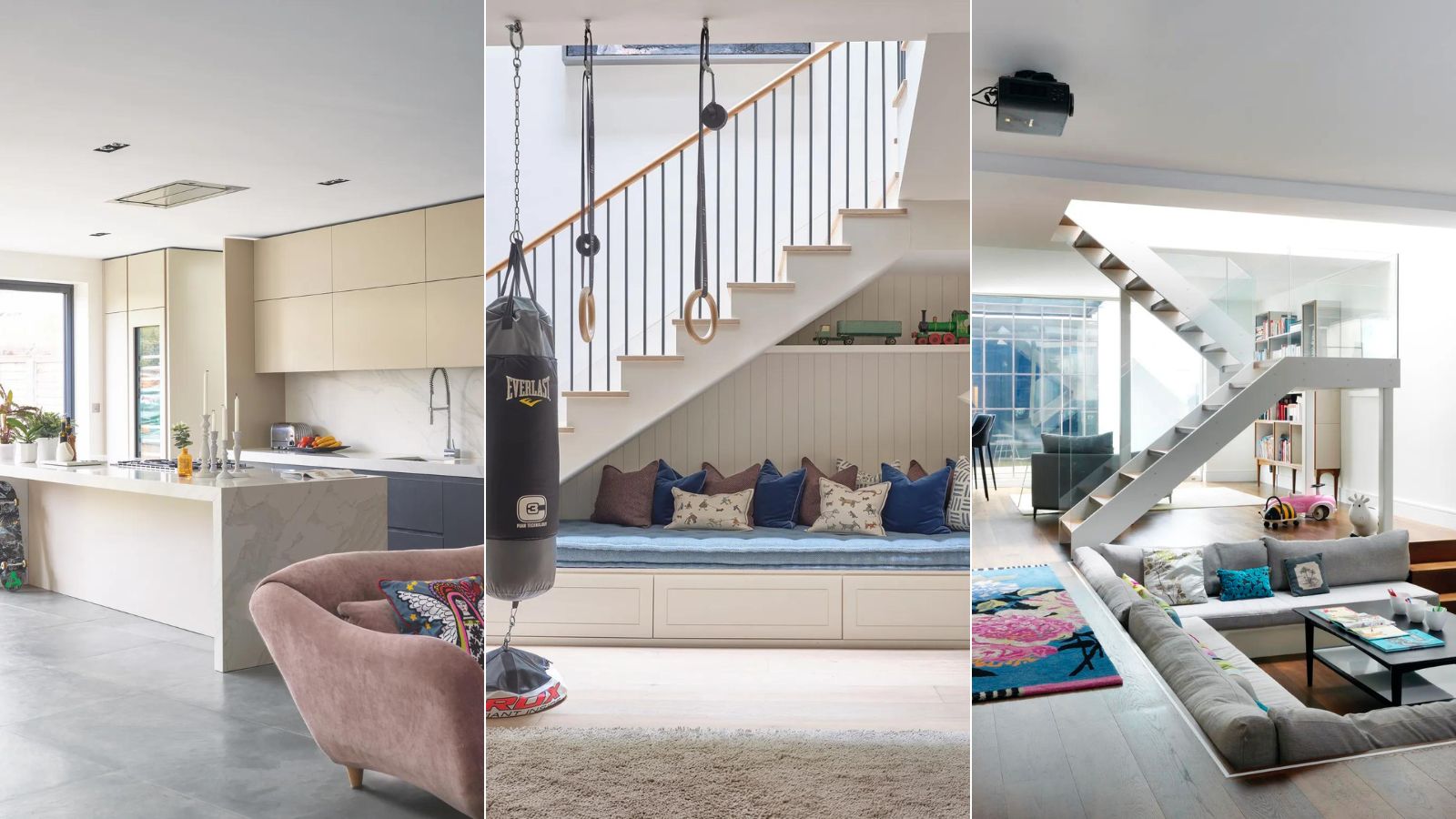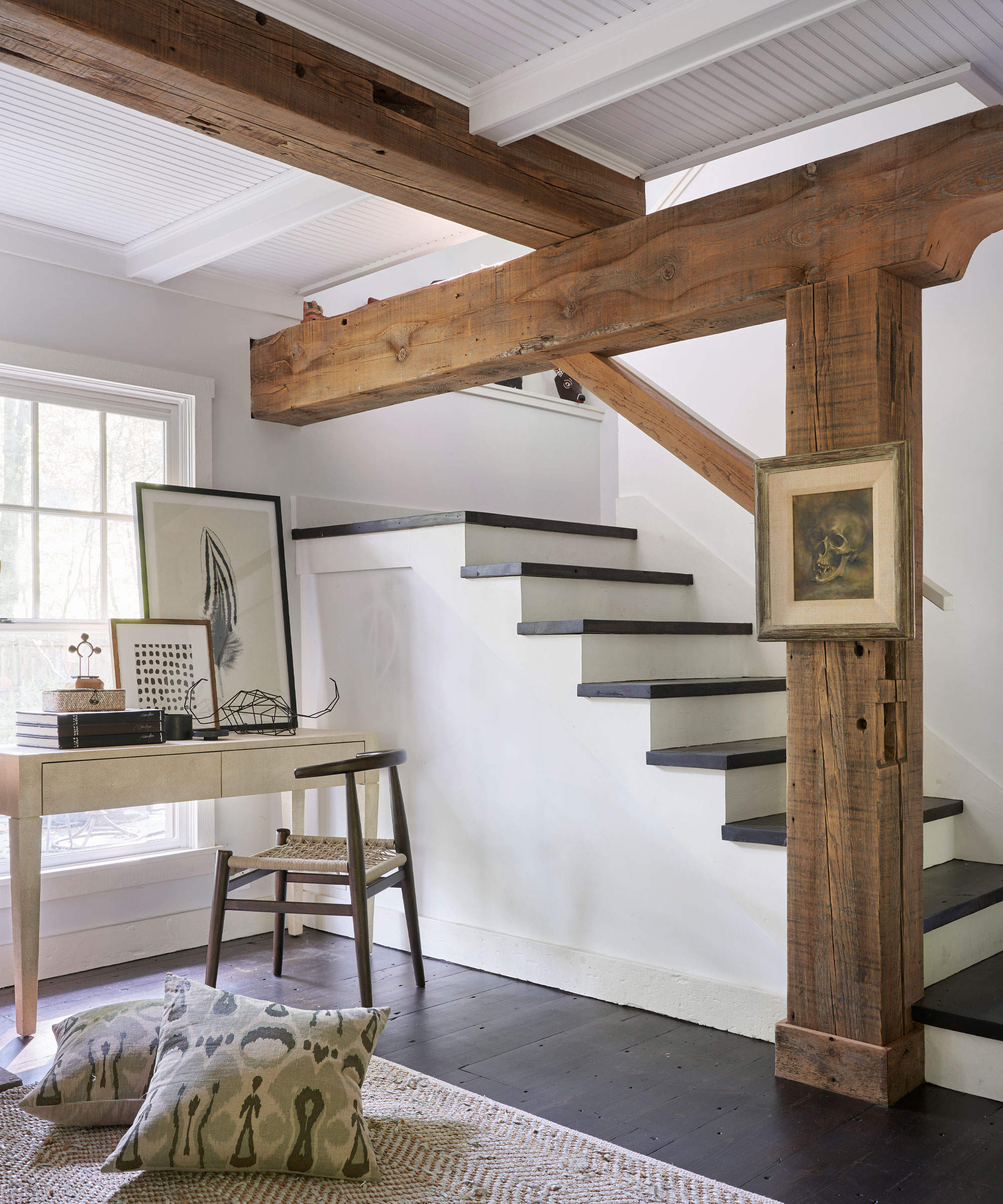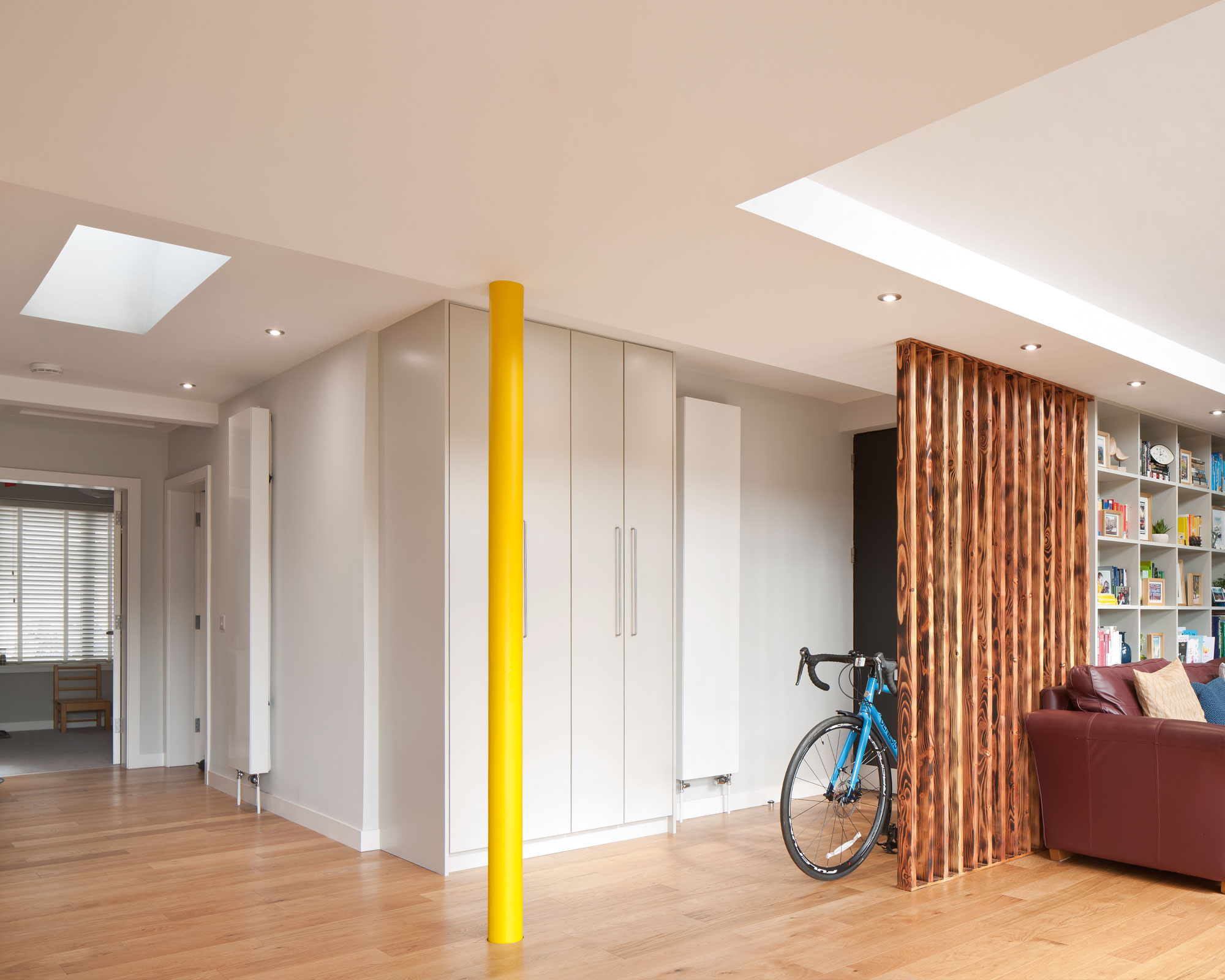How to ventilate a basement – expert tips to reduce damp and mold
Discover why the right basement ventilation is essential in your home and the benefits its brings


If you’ve noticed strange musty smells coming from your basement then it's probably lacking ventilation and damp and mold is taking over. Once mold gets into your drywall, carpets, and whatever else you keep down in the basement it's really difficult to get rid of.
You can scrub clean, but it's often too late to save, once mold is ingrained in a material it will keep reappearing. Eventually, you will need to replace it, at a cost you don’t want.
To stop this happening and mold spoiling your brilliant basement ideas you need to make sure that it's getting the right ventilation. We asked two experts why and how to deal with the problem.
How to ventilate a basement
Experts reveal the problems that can occur if you don't ventilate a basement and six options to keep your space mold-free
Why it's important to ventilate a basement

Whether you use your basement or not, it must be ventilated properly to stop unwanted issues, some more serious than others.
“Proper basement ventilation prevents the accumulation of damp air, which is a breeding ground for mold and mildew, posing health risks to the household,” explains Drew Mansur, Co-Founder & Director at Yabby.
But it’s not just the health risk that’s an issue as Mansur reveals: 'Proper ventilation helps protect the structural integrity of your home by preventing moisture buildup that can lead to wood rot and other damage'.
Design expertise in your inbox – from inspiring decorating ideas and beautiful celebrity homes to practical gardening advice and shopping round-ups.
A well-ventilated basement looks and smells better and is a more usable space, potentially increasing your home's value and usability.
Six ways to ventilate a basement

There’s more than one way to ventilate a basement as John Parks COO at Advanced Insulation System reveals below. Typically you only need one, or in some cases a combination of these recommended options to make sure your large, or small basement, gets the ventilation it needs.
1. Expand your HVAC System
Extending your home’s HVAC (Heating, Ventilation, and Air Conditioning) ductwork to include the basement is a straightforward method to ensure it receives conditioned air. This helps in regulating temperature and reducing humidity, leaving a healthier environment.
2. Add exhaust fans
Installing exhaust fans, especially in basements that are used for laundry or bathrooms, can help remove moist air and direct it outside, which helps to prevent the accumulation of moisture which can lead to unwanted issues.
3. Introduce dehumidifiers
A cost-effective solution is a dehumidifier, which can significantly reduce moisture levels in your basement. Plus, it will make the air less hospitable for mold and mildew and decrease the chance of either making an appearance in your basement.
GENERAL ELECTRIC 50-Pint Portable Dehumidifier with Drain, White (Refurbished) |$165.00 at Walmart
Voted 'best overall dehumidifier' by Homes & Gardens, this unit can extract up to 50 pints of moisture per day – ideal for musty basements.
4. Install air exchangers
These systems are easy to install and bring in fresh outdoor air and expel stale indoor air, helping to balance humidity levels and improve overall air quality in a basement.
5. Invest in egress windows
Adding egress windows not only improves safety - as they are large enough for a person to fit through, in case they need to get out of a basement - but they also enhance air circulation. These windows can be opened to allow fresh air in, promoting a natural air exchange.
6. Fit foundation vents
If you have a basement that is prone to dampness, foundation vents can facilitate cross ventilation, allowing dry air to flow in and moist air to exit.
FAQs

Will basement ventilation get rid of mold and damp?
Yes and no. Introducing basement ventilation is a preventative measure rather than a solution to get rid of mold and dampness. Good airflow is important as it helps regulate the air temperature and humidity in a basement. It will help push moisture in the air away from the basement, reducing moisture which damp and mold thrive on.
However, you will need to get rid of mold and mildew in your basement before airflow and ventilation can realistically impact this space. Once mold starts to penetrate timber, drywall, carpets, or other materials it is hard to get rid of it.
How much does it cost to ventilate a basement?
The price will vary greatly depending on what option you choose to use to ventilate your basement. If you have egress windows already installed all you need to do is open them to let the air flow and it won’t cost a dime. But if you don't have an egress window you can expect to pay around $4000-$5000 to get one installed.
Dehumidifiers are the most cost-effective solution, and you can move them around the home if you want to use them in another room. A small portable dehumidifier can be bought for as little as $70. A larger dehumidifier suitable for 6500 sq feet with a high-efficiency rating and a large tank like this Kesnos 120 Pints Most Efficient Energy Star Dehumidifier from Amazon will cost around $300.
Extending your HVAC system into the basement will be one of the more costly options. But the overall price will depend on the size of your basement, what brand you use, and how complex the system is. Expect to pay at least $4000. Contact a local contractor to get a better idea of the cost for your basement.
Installing an air exchanger costs more than a dehumidifier, but typically less than extending your HVAC. Again different factors such as basement size and cost of air exchangers will determine the overall cost. You can purchase an air exchanger like this Tjernlund X2D Reversible Basement Fans from Amazon for as little as $200, but air exchangers can easily cost $1000 or more. And, you may need more than one and you will need to add labor costs on top if you can’t install it yourself.
With a clean, healthy, well-ventilated space, consider how to balance airflow across your home for optimum ventilation and heating benefits.

Steve has been a homes writer and editor for two decades, regularly contributing to brands like Homebuilding & Renovating Magazine. He is an avid DIYer with over 20 years of experience transforming and renovating homes. He specializes in painting and decorating but has strong all-around building skills, having worked in the industry for ten years.
